Let me show you what’s the real difference between a YouTube channel and a blog.
I run both and I want to share the pros and cons of each option. I hope this post helps you choose between the two!
Let’s jump right in!
My Story
I’m a full-time content creator. I run a bunch of profitable blogs and a YouTube channel.
I’ve seen the pros and cons and made all the mistakes in the book.
I know exactly what it takes to grow blogs and a YouTube channel.
Let me show you what you should go for.
Introduction to Youtube
YouTube is a wildly popular platform where you can watch, share, and lose yourself in hours of video content, from adorable cat antics to enlightening TED Talks. But that’s what you already knew.
Let’s go beyond the surface.
At its core, YouTube is a vibrant ecosystem of content that’s predominantly visual and auditory.
Creators produce a breathtaking variety of content – vlogs, tutorials, music videos, reviews, comedy sketches, and so much more.
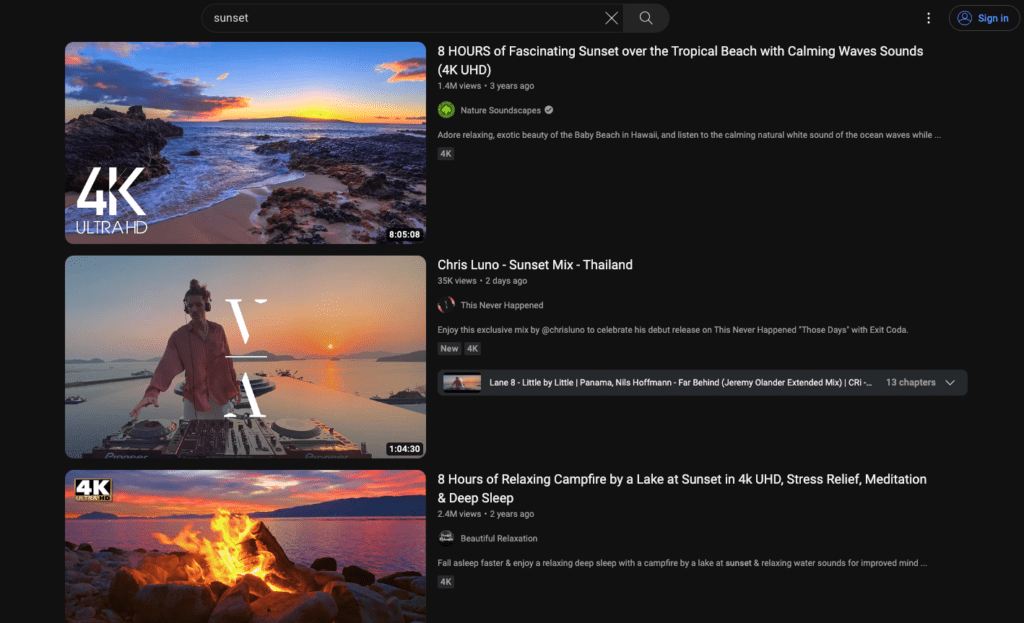
Did you know that YouTube isn’t just a platform for viral videos?
It’s the second largest search engine right after Google. Yep, people are also actively seeking information on YouTube, not just stumbling upon it.
So, if you’re interested in visual storytelling and a message that you think could resonate with an audience, YouTube might just be the platform for you.
Benefits of Youtube
Diving into YouTube as a content creator opens up a world of possibilities.
Let’s take a closer look at why it might be a game-changer for you.
#1 Visual and Auditory Impact
Let’s face it, humans are visual creatures.
We are drawn to compelling imagery, movement, and sound.
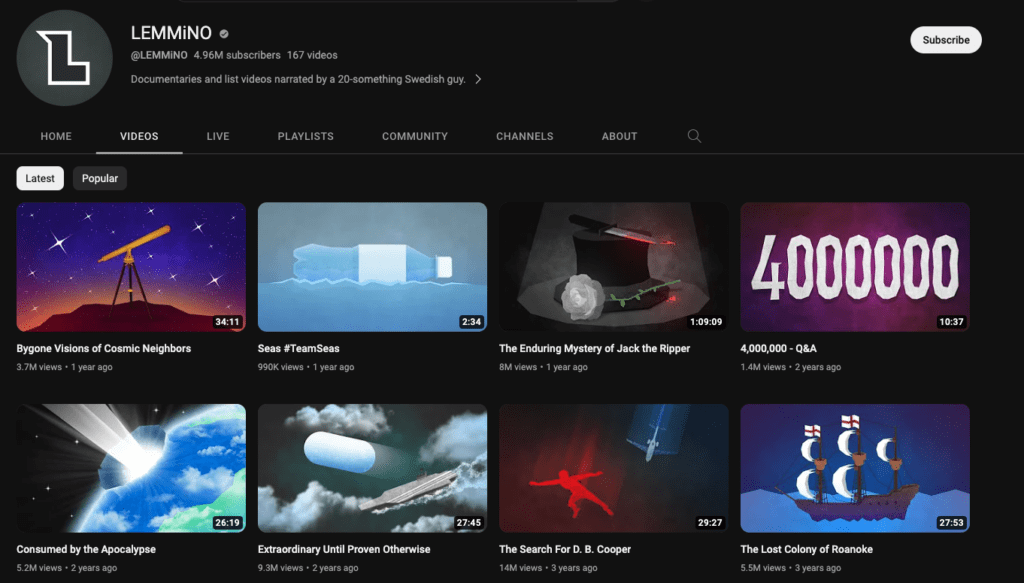
A well-made video can tell a story that words alone may not, engaging the audience on a different level.
If you already happen to be comfortable in front of a camera and can weave your narrative in a visually appealing way, you’ve got the essence of a YouTube content creator.
But, you don’t need to have any skills to start on YouTube either.
No matter how good/bad you are at being in front of the camera or editing videos, it’s an entirely different game to start on YouTube. It takes hundreds of hours to learn the platform and its nuances.
#2 Higher User Engagement
YouTube is inherently interactive, allowing users to like, share, comment, and subscribe, fostering a sense of community.

Engaged viewers are more likely to become loyal subscribers, spreading the word and helping your content reach new viewers.
#3 Monetization Opportunities
Once you meet certain criteria, YouTube allows you to monetize your channel through ads, channel memberships, merchandise shelves, and Super Chat.
There’s also the potential for brand collaborations and sponsorships as your channel grows.
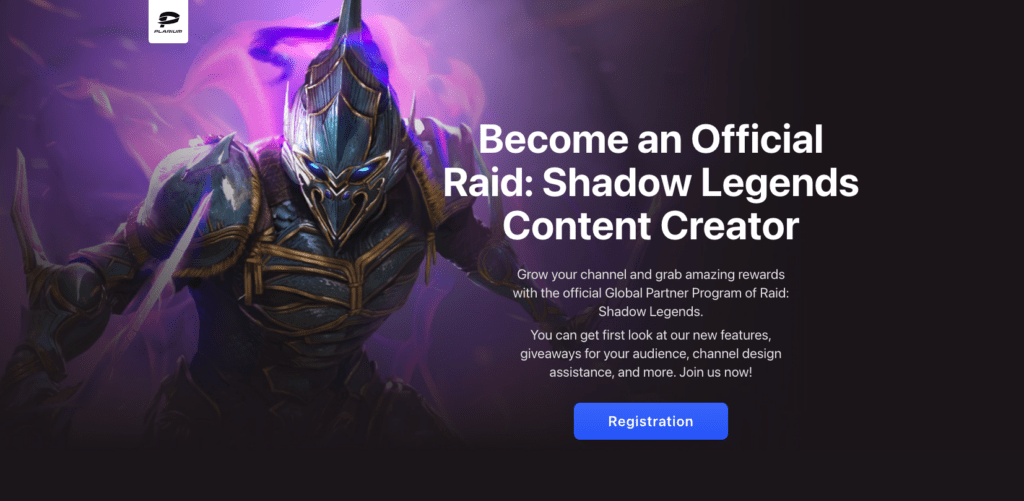
Of course, you can even sell consulting, info products, or courses on Youtube as well. The sky is the limit in expanding the Youtube video business.
#4 Virality Potential + SEO
YouTube may be known for viral videos, but it’s also an SEO powerhouse (SEO = Search Engine Optimization).
If you create informational videos, those can rank high on both YouTube and Google search results.
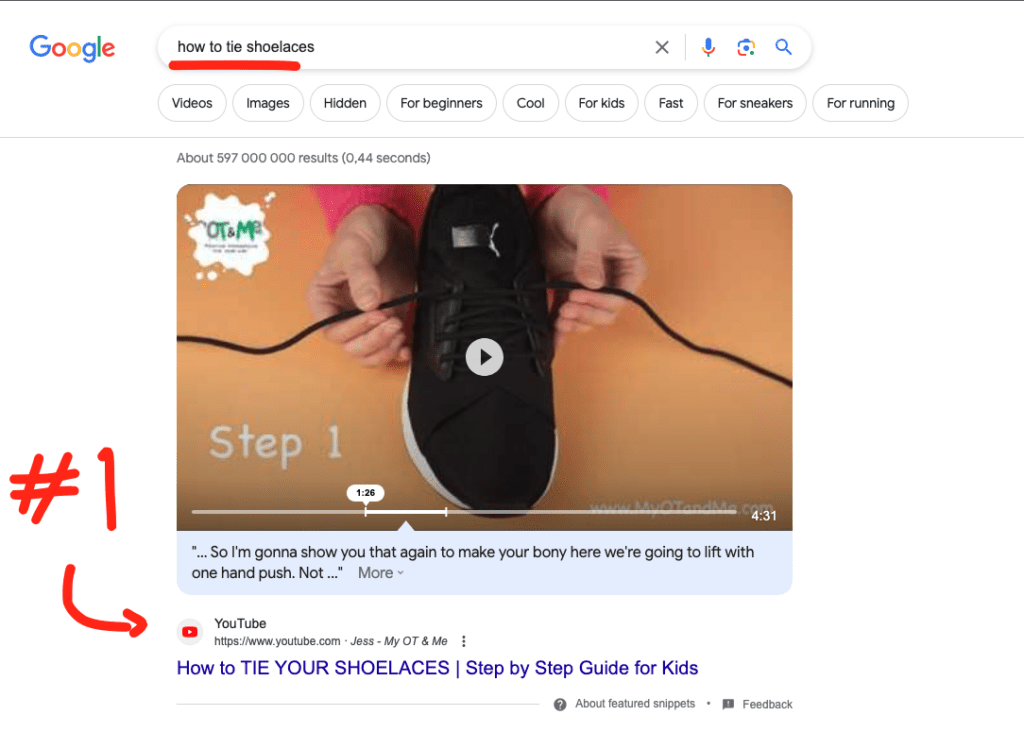
This dual advantage means you can attract both organic visitors from search engines (much like a blog) and viral visitors who discover your content through shares and recommendations.
These strengths make YouTube a potent platform for content creators who can harness the power of visual content and engagement.
But it’s not all sunshine and rainbows – which we’ll discuss in the next section.
Challenges of Youtube
While YouTube offers a world of opportunities, it doesn’t come without its own share of challenges. It’s important to be aware of these before you dive headfirst into the platform.
#1 High Competition
With over 500 hours of video uploaded every minute, the competition on YouTube is fierce.
I mean look at this. It’s about a week since Apple released the Vision Pro in beta, yet there are dozens of Youtube video reviews popping up every hour.
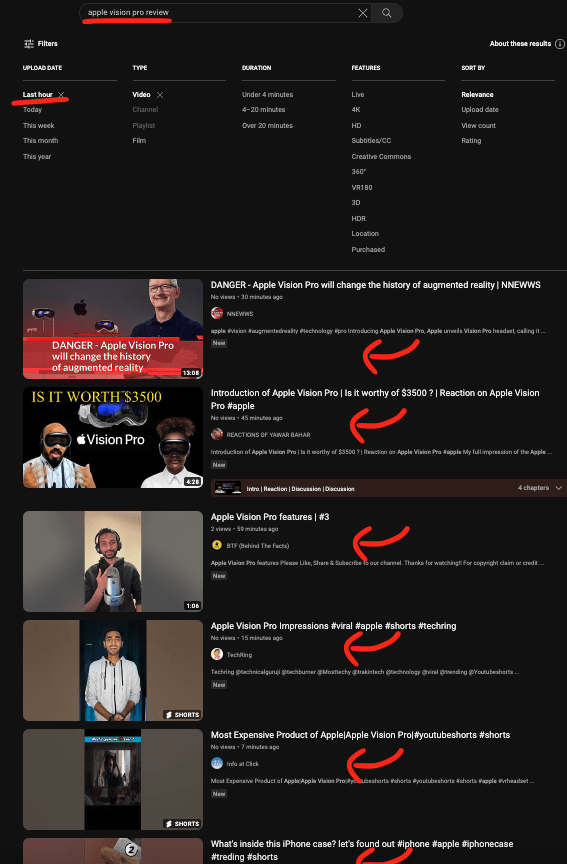
Standing out from the crowd and grabbing the attention of viewers can be a tall order. This is especially true when you’re just starting out.
To stand out, you need to produce epic videos with compelling storylines, engaging visuals, and top-notch edits.
#2 Need for Regular Video Content
The YouTube algorithm favors channels that post regularly.
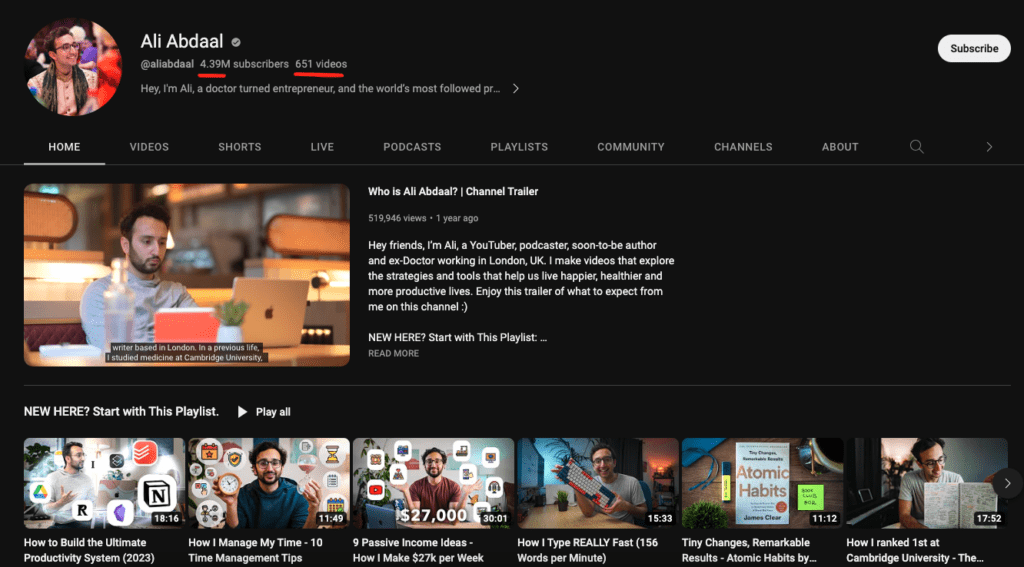
This means you’ll need to consistently churn out high-quality content, which can be quite the commitment, both in terms of time and creativity.
You basically need to pump out content all the time.
Of course, posting every day is not a requirement by any stretch of the imagination. But posting say 100-200 high-quality videos a year is a good place to start.
#3 Quality is Key
While you might get away with an “ok” blog post that ranks high on search results, the same isn’t true for YouTube.
Videos need to be well-recorded and edited, with clear visuals and audio.
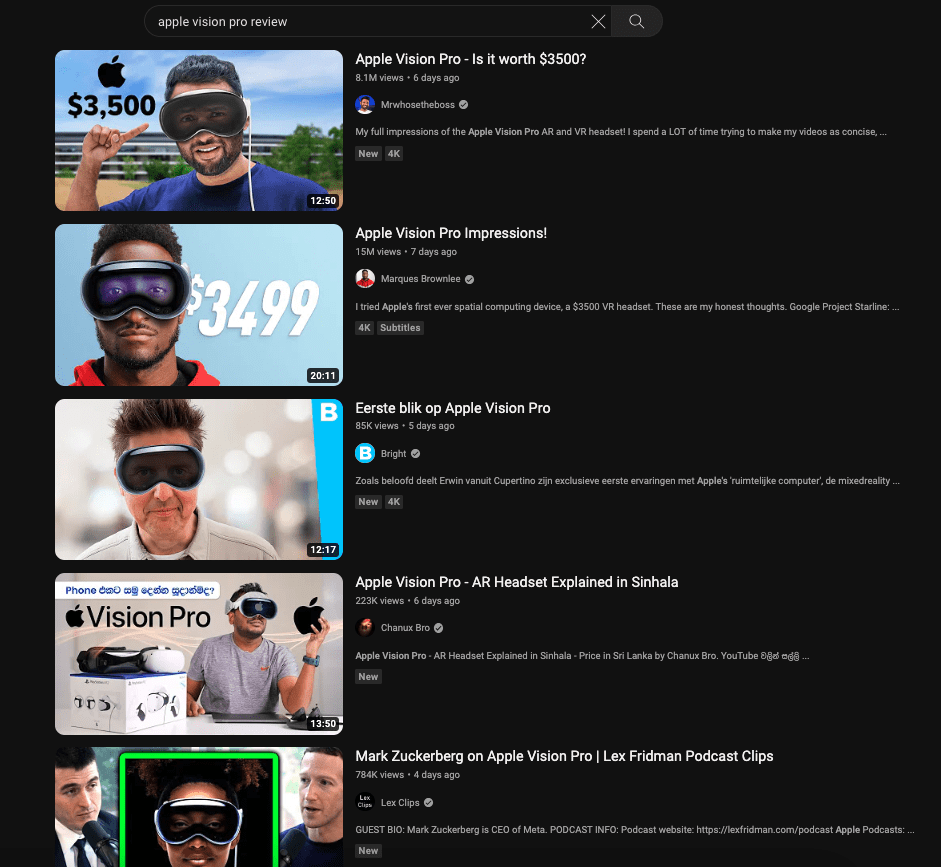
Lower-quality videos can lead to viewer drop-off and lower engagement, so the stakes are high.
Every video needs to be of high quality. Once people discover you, they might watch all your videos. If the quality is inconsistent, it can give a bad reputation and draw viewers away.
#4 Trial and Error
YouTube success often requires a period of trial and error.
You’ll need to understand what type of content resonates with your audience, how to structure your videos for maximum engagement, and how to edit your videos to maintain interest.
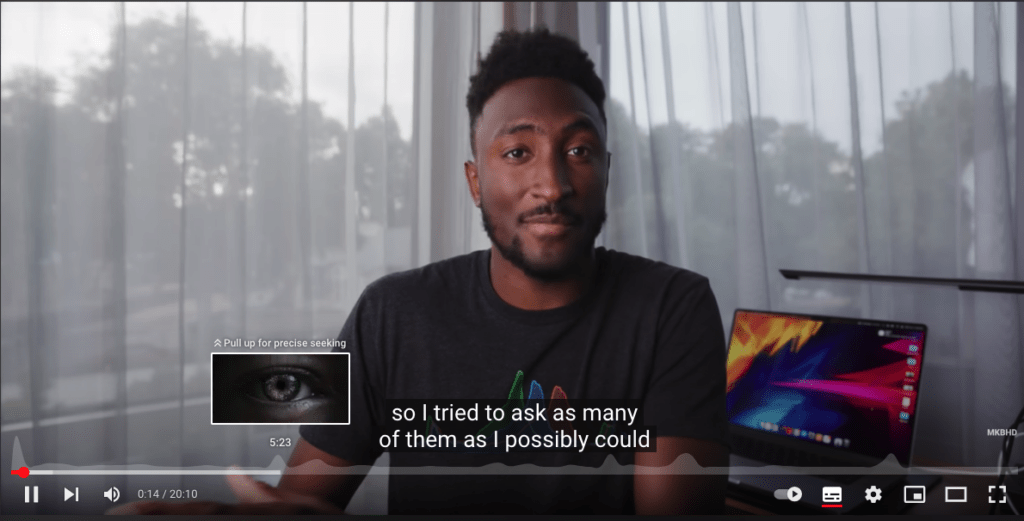
Basically, you need to post content until you see what’s working and what pieces of content the YouTube algorithm start to feed to your target audience.
This learning curve can involve creating hundreds of videos before you truly find your stride.
#5 A Long and Continuous Grind
Sure, there are videos randomly going viral, but they’re the exception, not the norm.
And even if you do manage to create a viral sensation, it doesn’t necessarily translate into engaged subscribers or substantial earnings.
Building a profitable and engaged audience on YouTube can require a much longer and harder grind compared to blogging.
Surely, in the short term, you might get a handful of visitors right after posting your first video. But those visitors are not long-lasting unless your content is top-notch.
Before I started on YouTube, I didn’t really realize that even those channels with millions of subscribers can have videos with less than 1,000 views.
So even after years of grinding hard and building a huge audience, you can’t just ship anything. The video quality must be top-notch for YouTube to recommend it—even to your subscribers.
Just look at this example. MrBeast, who has 150,000,000 subscribers, has some videos with under 50,000 views.
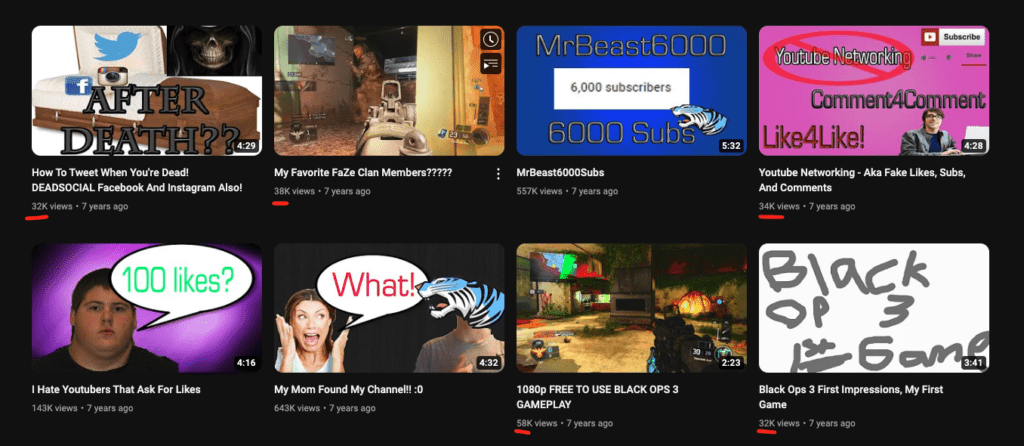
Basically, only 1 in 3,000 of his subscribers have seen those videos.
So even though one might think “He has 150M+ subs, any video he posts will get millions of views.” That’s not entirely true. If he posted a bad video, only a small portion of his subscribers would watch the video.
It’s all about producing high-quality content consistently.
#6 Unpredictability
Another key challenge of YouTube lies in its unpredictability.
Unlike blogging, where simple competitive analysis and topic research can often predictably lead to a well-performing post, YouTube is a different beast.
You might pour hours into a video you’re sure will be a hit, only to see it flop.
On the other hand, a video you thought was just okay might outperform all others. This can be both nerve-wracking and exhilarating – but it’s a fundamental part of the YouTube journey.
But don’t let these challenges dishearten you. They’re just part of the journey, and overcoming them is what leads to growth and success on the platform. I’m constantly trying to figure out what types of videos go viral in my niche.
Who Should Choose Youtube?
Youtube is for anyone. Even if you have no confidence in front of the camera or no editing/filming skills, you have to start the grind from somewhere. It’s just the question of whether you’re interested in YouTube or not.
But especially if you’re a vlogger, tutorial creator, or product reviewer, or you just love being in front of a camera and sharing your insights, experiences, or talent, then YouTube could be the thing for you.
But more importantly, YouTube might be for you if you love a challenge.
If you relish the idea of pushing yourself to improve, grow, and master a new medium, then the YouTube journey could be incredibly rewarding.
Yes, your first videos might make you cringe when you look back at them (I know mine certainly do!), but that’s just part of the process.
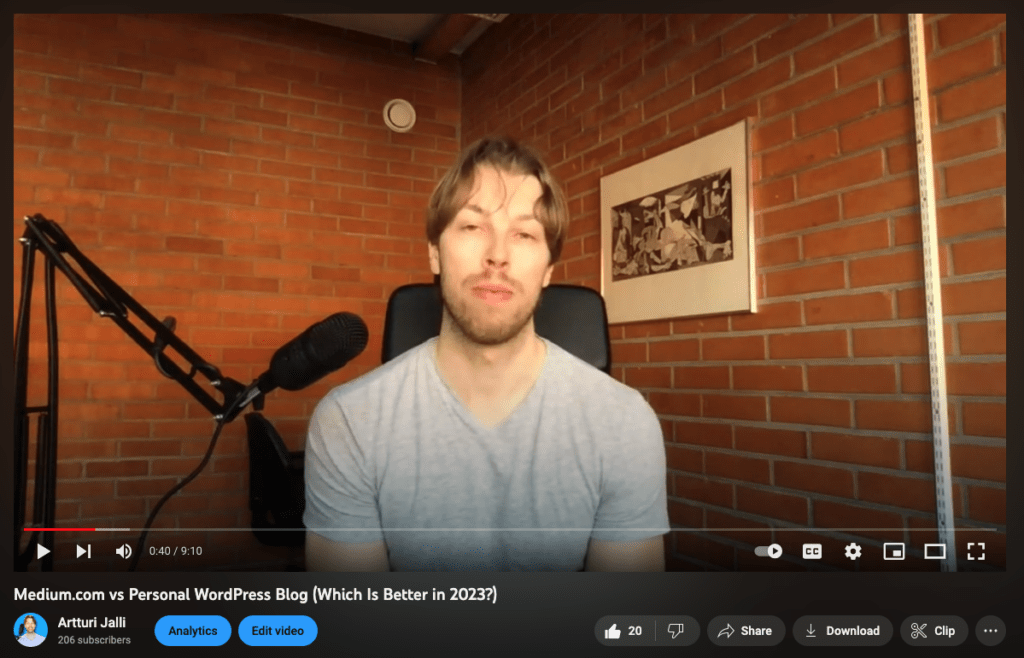
It’s about constant progress, about climbing that cliff, one video at a time.
Keep in mind, too, that the digital landscape is changing.
Over the next couple of years, we’re likely to see AI playing a much bigger role in content creation. It’s already happening with blogs – AI can answer people’s questions quicker than a Google search, which could reshape the blogging world.
Of course, YouTube isn’t immune to the AI wave either, but the impact may take a bit longer to be felt.
In many areas of content, having a real person is not just preferred, it’s almost a necessity. We’re wired to connect with human faces and voices. So, if you can carve out a space for yourself now, you’ll be a step ahead.
Next, before comparing YouTube to blogging, let’s discuss blogging in the first place.
A Quick Dive into Blogging
Blogging isn’t just about expressing yourself – it’s a finely tuned strategy for providing value to your audience.
It’s about identifying a particular niche, understanding what information people within that niche are seeking, and then delivering that information in a way that’s not only valuable but also engaging and memorable.
One of the key characteristics of blogging is its ability to attract passive visitors.
These are people who are actively searching for specific information and who find your blog through search engines.
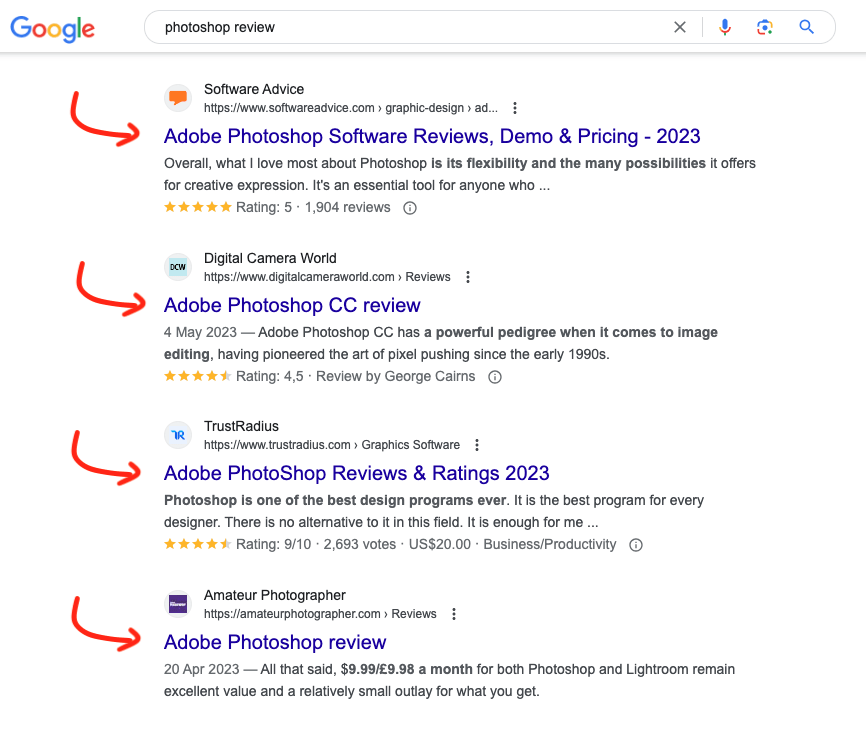
If your blog posts are well-researched, include the right keywords, and deliver high-quality content, they can rank high on search engine results over time.
This can lead to a steady flow of organic traffic to your site. This traffic can continue to flow for years after a post is published, as long as it remains relevant and useful.
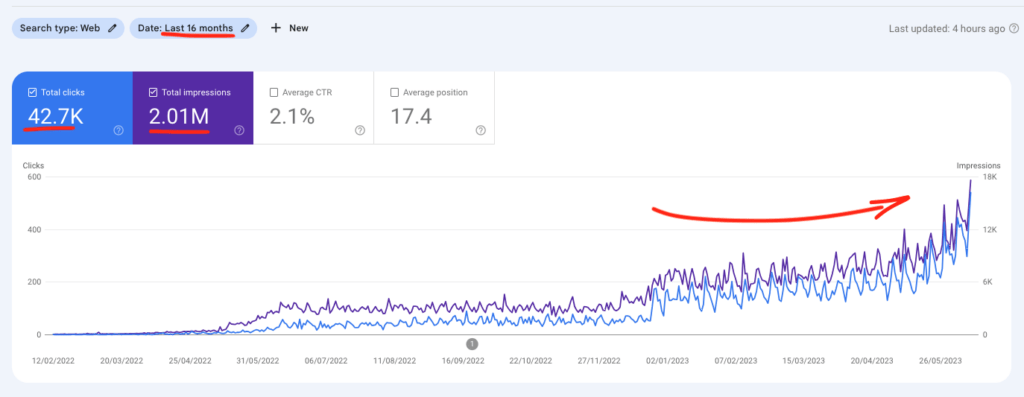
And that, in essence, is the art and science of blogging.
Advantages of Building a Blog
While YouTube captures the realm of visual storytelling, blogging reigns supreme in the domain of the written word. But what makes blogging a worthy choice for content creators?
#1 Search Engine Traffic
With the right type of quality content, your blog posts can rank high on search engine results, leading to a steady stream of organic traffic.
This traffic isn’t an overnight thing. If your post stays on the top of the search results, it can bring in visitors for years to come.
This has happened to me on multiple occasions.
For example, here’s a blog post that gets 200-800 views every day from Google—passively.
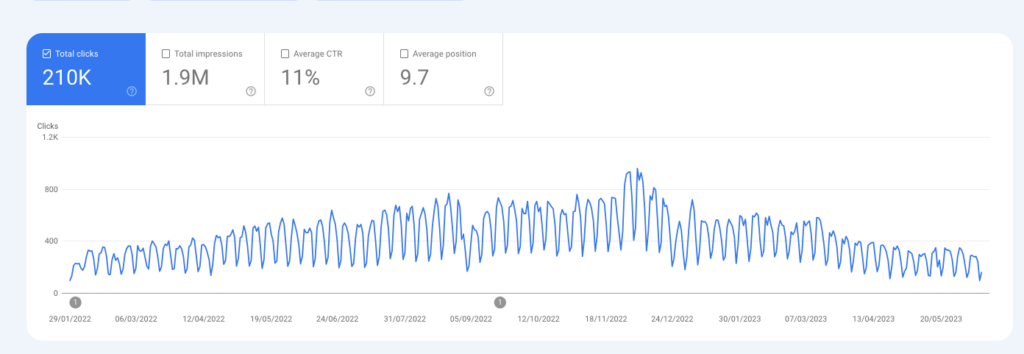
#2 Potential for Passive Income
Once your blog has decent traffic, there are multiple avenues for monetization – ads, sponsored posts, affiliate marketing, selling products or services, and more.
A high-ranking blog post can continue to bring in traffic (and income) long after it’s been published.
This can mean passive ad revenue or affiliate revenue, depending on your marketing strategies.
Of course, blog income is not 100% passive in the sense that ranking algorithms change all the time. The competition can change too.
For a post to stay in the top 10 search results for years is exceptional and rare. Especially now that AI will rattle the search results.
#3 Anonymity
Unlike YouTube, blogging can be a more anonymous affair.
Of course, you should have your picture on your About page, but the level of recognition is nowhere near what a YouTuber would experience.
This can be a boon if you prefer to keep a low public profile.
#4 Less Steps, Less Stress
Creating a blog post is often less complex than creating a YouTube video. As a blogger, your main tasks involve researching your topic and writing your post.
On the other hand, as a YouTuber, you have to research your topic, write a video script with a storyline, record the content, edit the content, and design thumbnails.
The way I view it is that YouTube is essentially blogging taken a couple of steps further.
And let’s be clear – by “a couple of steps further,” I mean several hours (or even days) of extra work.
For example, I usually write a blog post in 2-5 hours. I then use it as a script for my YouTube videos. The video takes about 1 hour to record and 3-5 hours to edit. So it’s a long process to turn the blog post into a video.
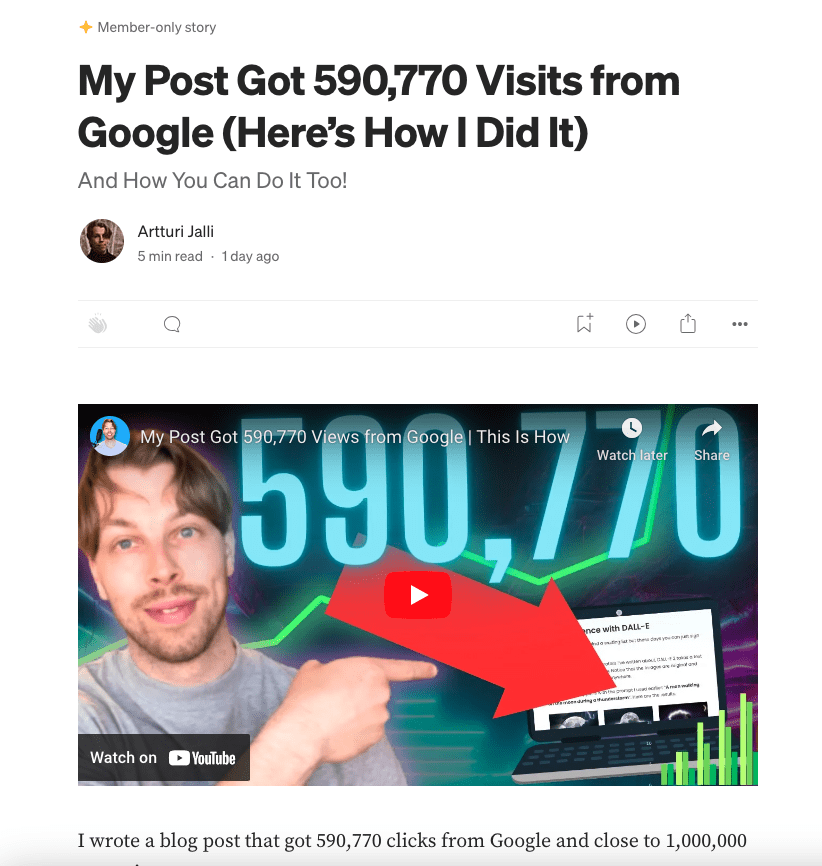
Even if I only did YouTube, I’d still need to write the video script, which is akin to writing a blog post. But if I only did blogging, I could just write the post, put it live, and call it a day.
To put it short, it only takes a couple of hours to write a post. But as a YouTuber, it takes a couple of hours to write the script and then 5-10 hours to turn that into a video.
Challenges of Building a Blog
Even though I think it’s a lot easier both mentally and physically to start a blog, let’s consider the downsides of having one.
#1 Intense Competition
Because starting a blog is relatively low-effort, it means the field is pretty crowded.
Especially in popular niches, the competition can be fierce, with countless high-quality posts already out there.
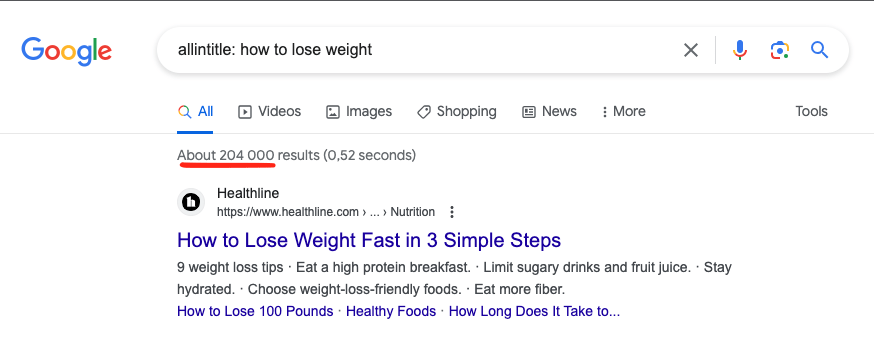
The key is to make your posts stand out, which can be easier said than done.
#2 Content Depth and Length
Here’s where blogging and YouTube diverge significantly.
On YouTube, a 15-second video can go viral. Basically, there are videos that range from a couple of seconds to a couple of hours with an immense number of views.
However, a blog post with 5-10 minutes of reading time is almost doomed to fail.
To rank on search engines, your blog post needs to be the best post about that topic on the entire internet. Otherwise, there’s absolutely no chance of ranking high.
Roughly speaking, this means it needs to have the most information, that is, to be the longest post about the topic.
Search engines favor well-researched, in-depth content.
I’ve often had to write posts as long as 10,000-15,000 words to secure a spot at the top of search results.
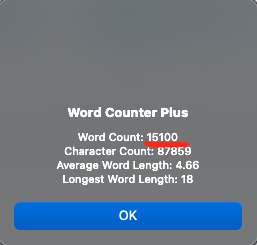
This is the stark reality of blogging – to be successful, a blog post often needs to be comprehensive, covering the topic in its entirety.
So basically, a blog needs hundreds of hours of time investment before there’s any chance for success. On YouTube, all it takes might be one short 15-second clip.
#3 Time Investment
Depending on your niche, the time you invest in creating in-depth blog content can sometimes outstrip the time you’d spend on a YouTube video.
I built a blog with 10,000 monthly visitors in six months of full-time work to reach that point.
On the other hand, my YouTube channel reached similar viewer numbers with just about 30 videos, which took a couple of weeks of full-time work to produce.
Long-term success with blogging comes much slower than on Youtube. There’s no way around it.
#4 The Time It Takes to Rank
It can easily take a year for a blog post to rank high.
Essentially, Google and other search engines need to trust your site. And to build trust, you need to write a heck of a lot of content for the site first.
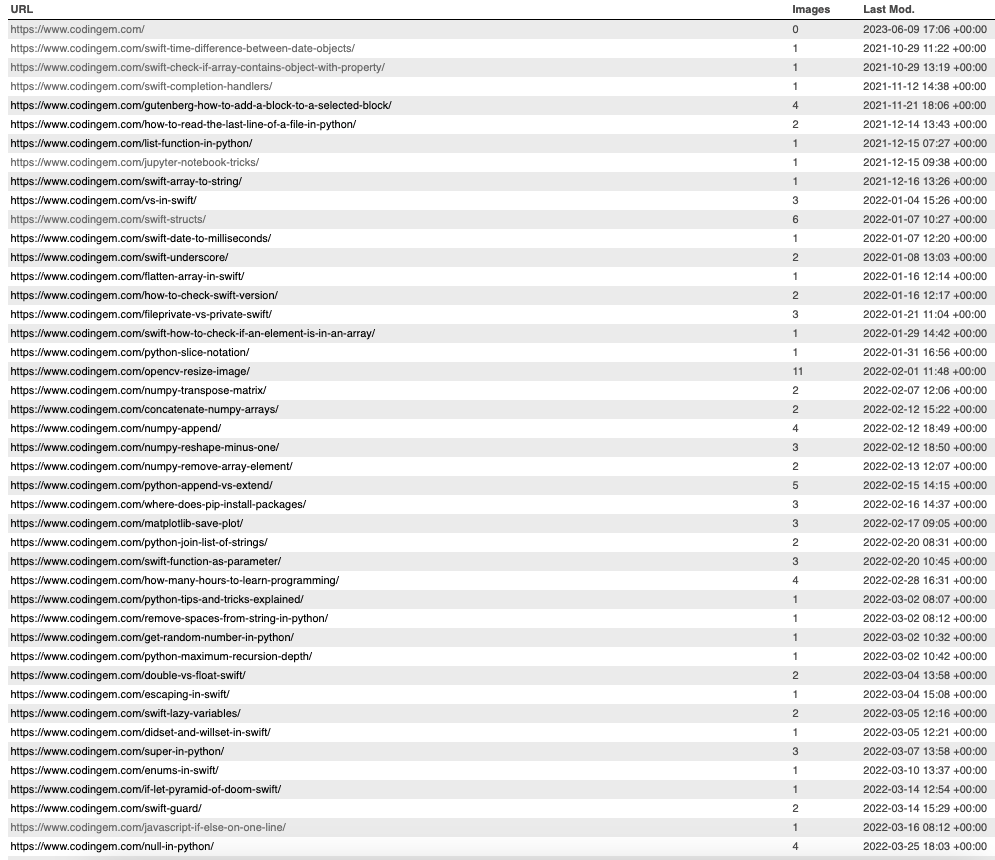
I wrote closer to 300 blog posts for my first blog before earning decently from it.
Of course, it can take similar amounts of work on YouTube, but with good content, you might get results far quicker. On blogging, it’s simply not possible.
Why Choose Blogging?
Now let’s consider when blogging might be your best bet.
#1 Your Strengths/Interests
If happen to already be a master of the written word and useful content that provides value, then blogging might be an excellent place to start.
It’s the perfect platform for writers, tutorial creators, businesses, and others who thrive on written communication.
Also, if you want to stay under the radar, blogging is much less intimate in the sense that people won’t really remember you.
My blog posts have been read by millions and millions of people and nobody has ever recognized me on the streets. 😛
One thing I love about blogging is that you don’t need any experience to start a blog. You don’t really even need to be familiar with the topic you write about. I started my blog from complete scratch. In less than 2 years, I made my first $20,000/month.
The secret to blogging mastery is helping your audience find solutions to their problems. It’s essentially doing the research so that your audience doesn’t have to.
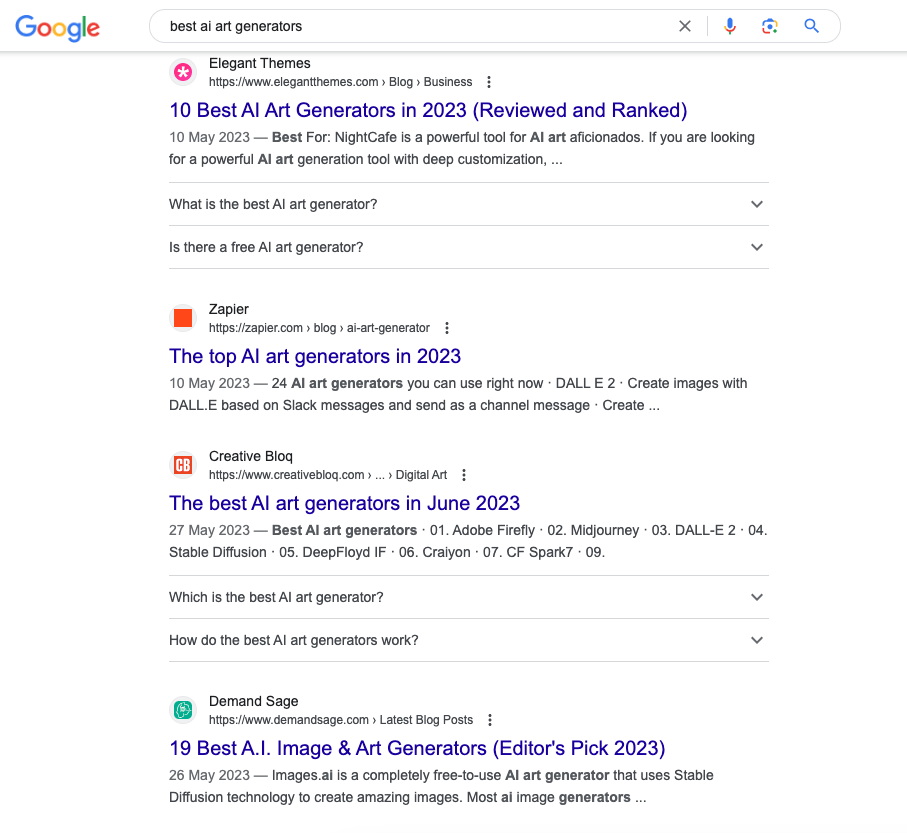
#2 Initial Efforts
It’s easy to set up a blog.
There are numerous ready-made website solutions available, both free and paid, that make it easy to get your blog up and running.
You can start a basic blog in just 15-30 minutes and have your first “search-optimized” post up within a few hours.
#3 Learning Curve
You can learn the secrets to blogging quickly.
Basically, it’s all about writing quality content that answers questions people are searching for.
If we compare blogging to YouTube, YouTube has a steeper learning curve. Creating quality videos that get views requires a variety of skills, including scriptwriting, filming, editing, and more.
In essence, if you love writing (or might be interested in trying), enjoy creating in-depth content, and are prepared to spend time writing valuable content, blogging could be the perfect platform for you.
Plus, there’s the added advantage of the more predictable, passive traffic that a well-ranking blog post can generate over time.
Also, blogging is a real business. If you’re interested in running an online business, I think blogging is one of the best places to start.
YouTube vs. Blog: A Complete Analysis
Throughout this post, I’ve drawn some loose comparisons between YouTube and blogging. But now, let’s compare the two platforms head-on.
#1 Content-Type
When deciding between YouTube and blogging, it’s essential to consider the type of content you want to create.
Different platforms lend themselves to different types of content, and choosing the right one can be crucial for your success.
YouTube
As a video-based platform, YouTube is ideal for content that benefits from visual and auditory presentations.
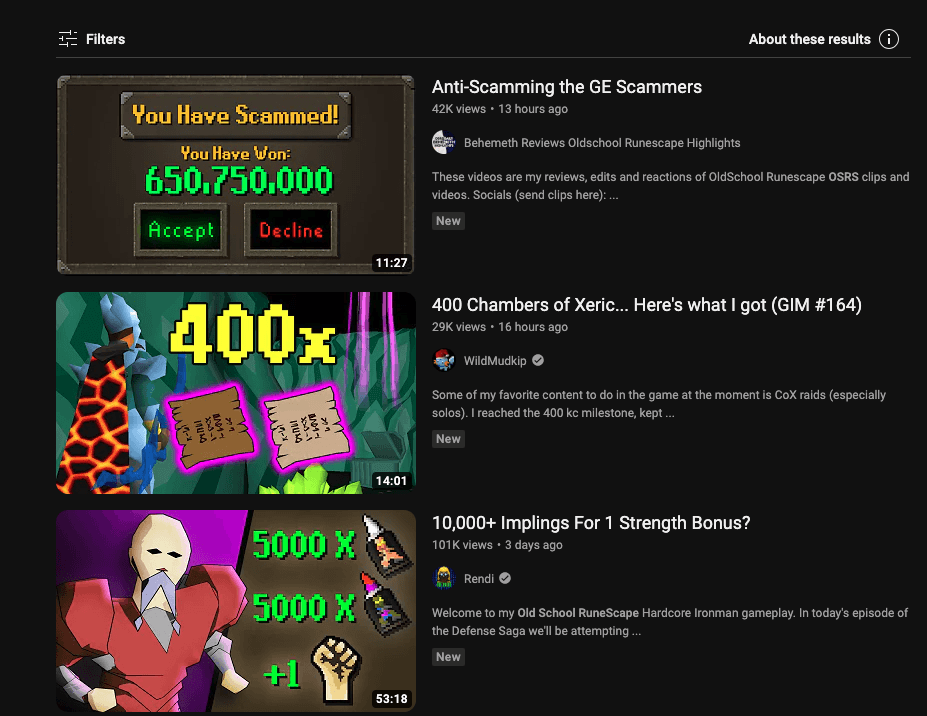
It’s perfect for vlogs, video tutorials, product reviews, unboxing, gameplay videos, interviews, and more.
Also, if you plan to produce entertaining content, YouTube is the way to go.
Personal stuff, like traveling, personal development, opinions, and so on have better chances to do well on YouTube. If your videos resonate with people, YouTube will keep pushing them to relevant audiences.
Unlike blogs, visitors are on YouTube because of entertainment. They’re not only there to educate themselves.
Blogs
Blogs, on the other hand, thrive with informational intent-driven content. Blog posts need to solve problems people search for on Google.
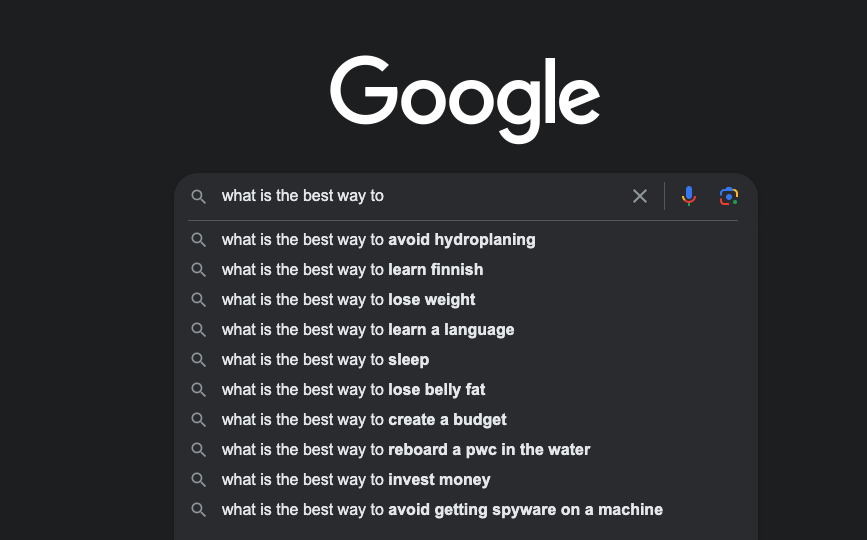
This makes them ideal for in-depth guides, written tutorials, and long-form content in general.
If you’re someone who wants to communicate through writing and who might enjoy crafting well-structured and informative content, blogging could be the right fit for you.
But remember: Blogging doesn’t work like it used to.
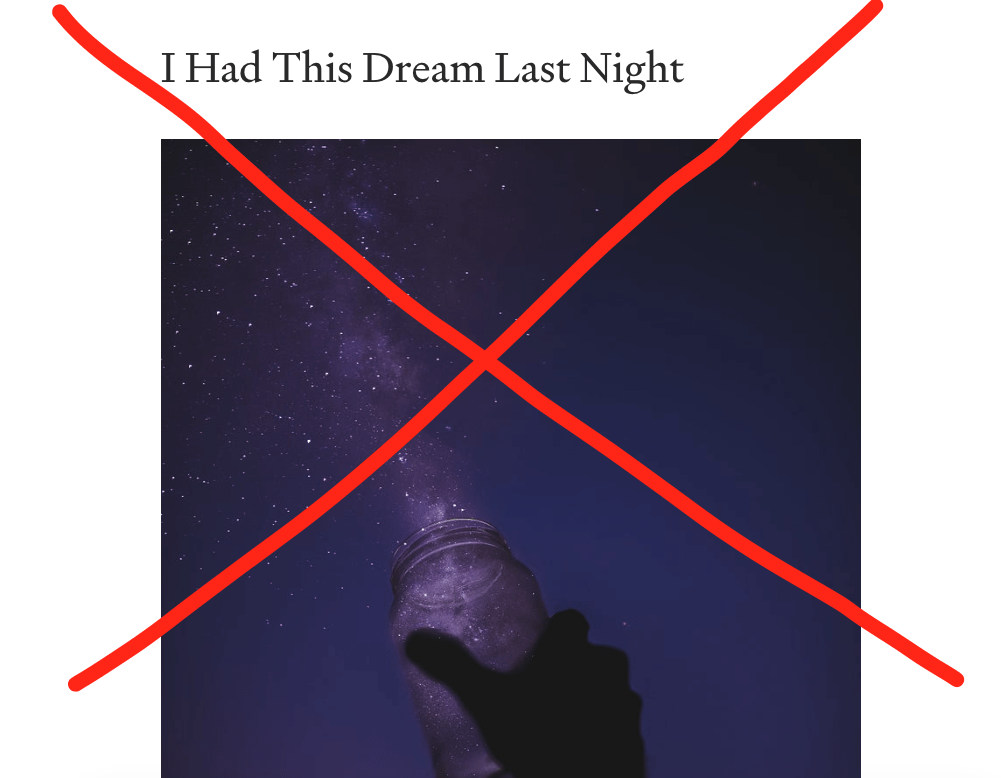
People don’t care about bloggers. They search Google to find solutions to their problems.
Basically, if your blog doesn’t answer a specific question that people are searching for, nobody will find it. If you write about a conversation with your neighbor, no one will read it.
#2 Monetization
The potential to earn money can be an important factor in your decision between YouTube and blogging.
Blogs and YouTube channels use very similar monetization strategies (ads, affiliate marketing, sponsors).
While many of these strategies work on both YouTube and blogs, the point is to list your typical monetization strategies in each option.
YouTube
YouTube offers a variety of ways to monetize your channel once you meet certain requirements (1,000 subscribers and 4,000 watch hours in the past 12 months).
- YouTube Partner Program: You can earn money from ads displayed on your videos. The amount of money you can earn depends on factors like your audience’s location, the number of views, and the current demand for ads.
- Channel Memberships: Your subscribers can choose to join your channel as members for a recurring monthly fee. In return, they receive perks like badges, new emojis, and access to members-only videos.
- Super Chat and Super Stickers: During live chats, viewers can purchase Super Chats or Super Stickers to have their message or sticker highlighted.
- Merchandise Shelf: YouTube allows you to showcase your official branded merchandise right on your channel.
- Brand Deals and Sponsorships. With a popular channel, you can do collabs with other businesses by including their product in your videos.
Blogs
Blogs also offer various monetization methods, some of which can be more lucrative than YouTube, depending on your niche and audience.
- Ad Revenue: Like YouTube, you can earn money by displaying ads on your blog. However, the revenue per visitor can be a bit lower than YouTube.
- Affiliate Marketing: You can promote products or services from other companies in your blog posts. When someone purchases through your affiliate link, you earn a commission. This is one of the main strategies of blogs to make money.
- Sponsored Posts: Brands may pay you to write a blog post about their product or service. These sponsored posts can be a substantial source of income.
- Digital Products and Services: Blogs are an excellent platform for selling digital products like ebooks, online courses, or consulting services.
Both platforms offer significant earning potential, but it’s worth noting that making a substantial income from either takes time, effort, and a fair bit of patience.
The most successful content creators are those who prioritize creating value for their audience and are consistent in their efforts.
#3 Time Commitment
Regardless of which platform you choose, one thing is certain: creating quality content takes time.
It’s crucial to consider your available time commitment when choosing between YouTube and blogging, as the time investments can vary quite a bit between these platforms.
YouTube
Creating videos for YouTube can be time-consuming, especially when starting out.
Each video requires topic research, scriptwriting, filming, editing, and post-production work such as creating thumbnails and in-depth descriptions for ranking high on search engines.
Plus, consistency is key to growing a YouTube channel, so creators need to maintain a regular publishing schedule.
This can be especially challenging when striving to produce high-quality videos that stand out from the competition.
But then again, a shortly-produced 15-second video can go viral. I had this one short that got 1,200+ views in a couple of hours after publishing.
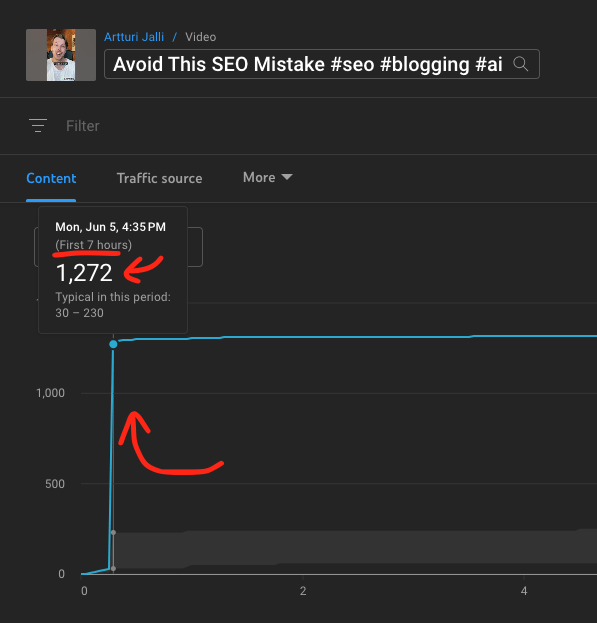
A blog post usually needs months (or even years) to hit that 1,000 views.
Blogs
Writing blog posts also requires a significant time investment. The exact amount will depend on your writing speed, the depth of your topic, and the length of your post.
Researching, drafting, editing, proofreading, and such are all steps in the blog post creation process.
Once a blog post is published, it might not need any additional work. It can continue attracting traffic and generating revenue passively over time. (Of course, if the topic is timely, the post needs to be updated.)
One key difference to note is the shelf life of content on blogs.
A well-crafted blog post can continue to drive traffic for years, while most YouTube videos tend to have a shorter lifespan, often measured in weeks or months, unless they go viral or rank well in search.
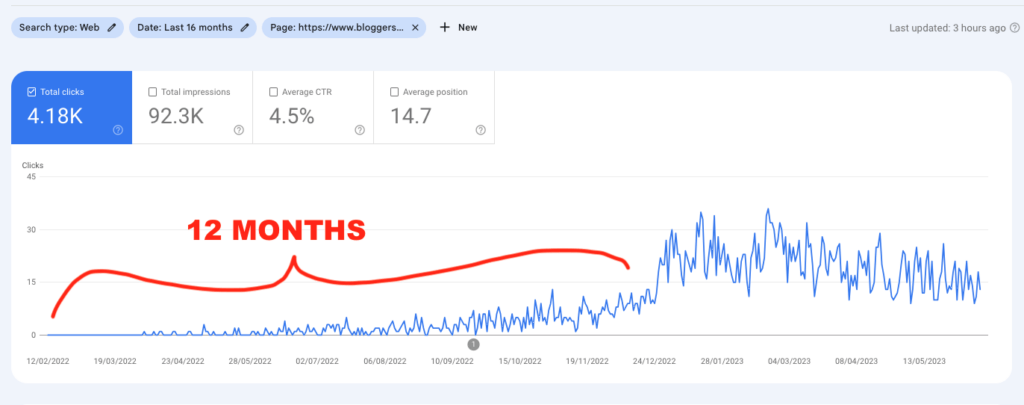
The short on Youtube I just mentioned hasn’t been viewed by anybody since the initial traffic spike.
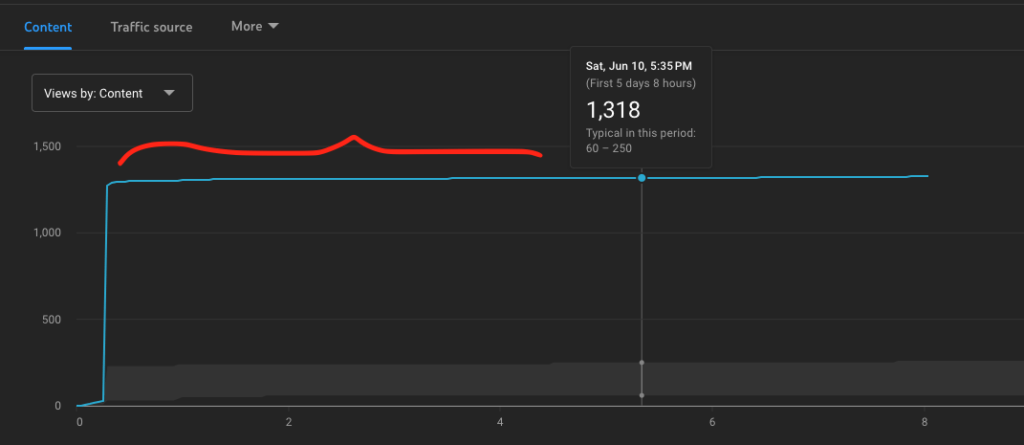
This happened because the YouTube algorithm realized this clip was not of high enough quality to recommend it to broader audiences.
Wrapping Up
So, we’ve dived into the worlds of both YouTube and blogging!
The right choice hinges on your strengths, your content, and your target audience. 🎯
Remember, both platforms are worth considering. Also, you don’t need to be good at any particular skill needed in these options. I started YouTube and blogging from complete scratch with great results.
Whichever path you tread, remember: value, consistency, and creativity are key.
And as you hit ‘Publish’ or ‘Upload’, remember, it takes time and passion to build your digital empire. 🚀
Your content creation adventure awaits. Let’s get started! 😄
